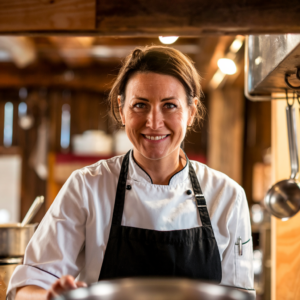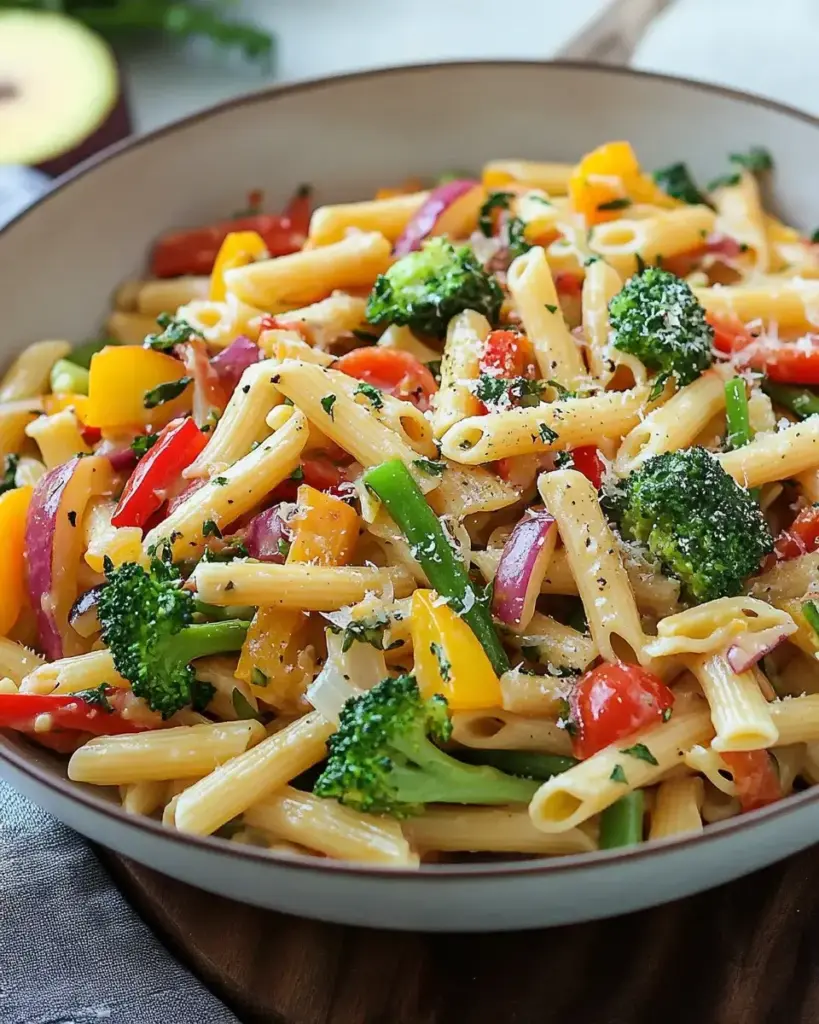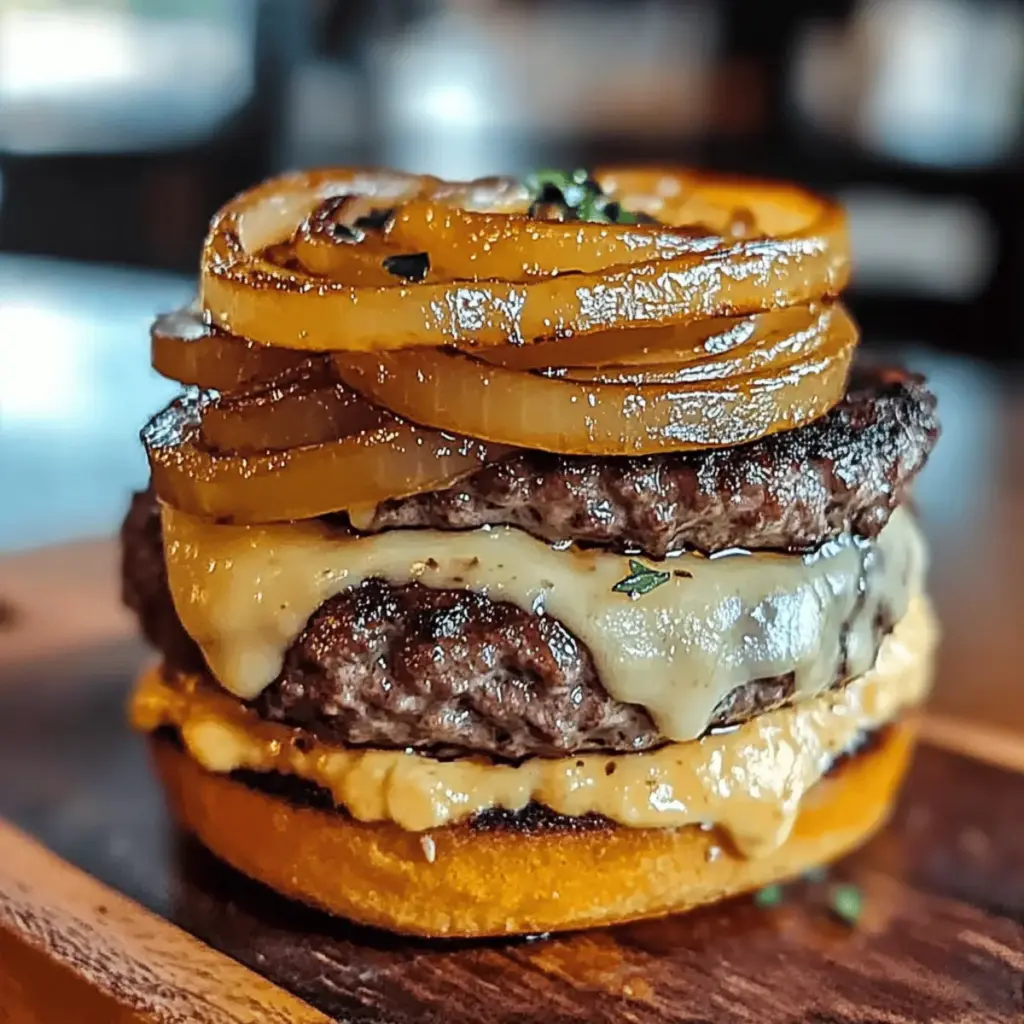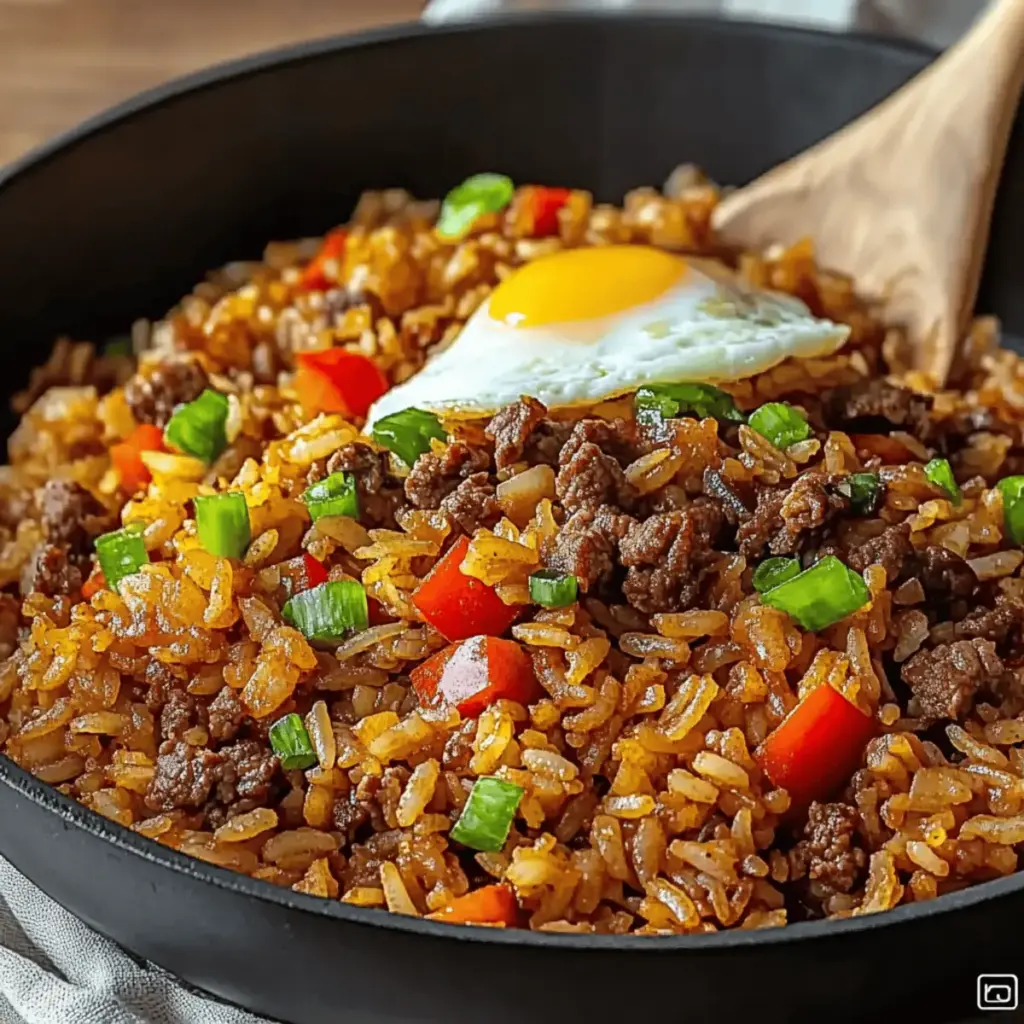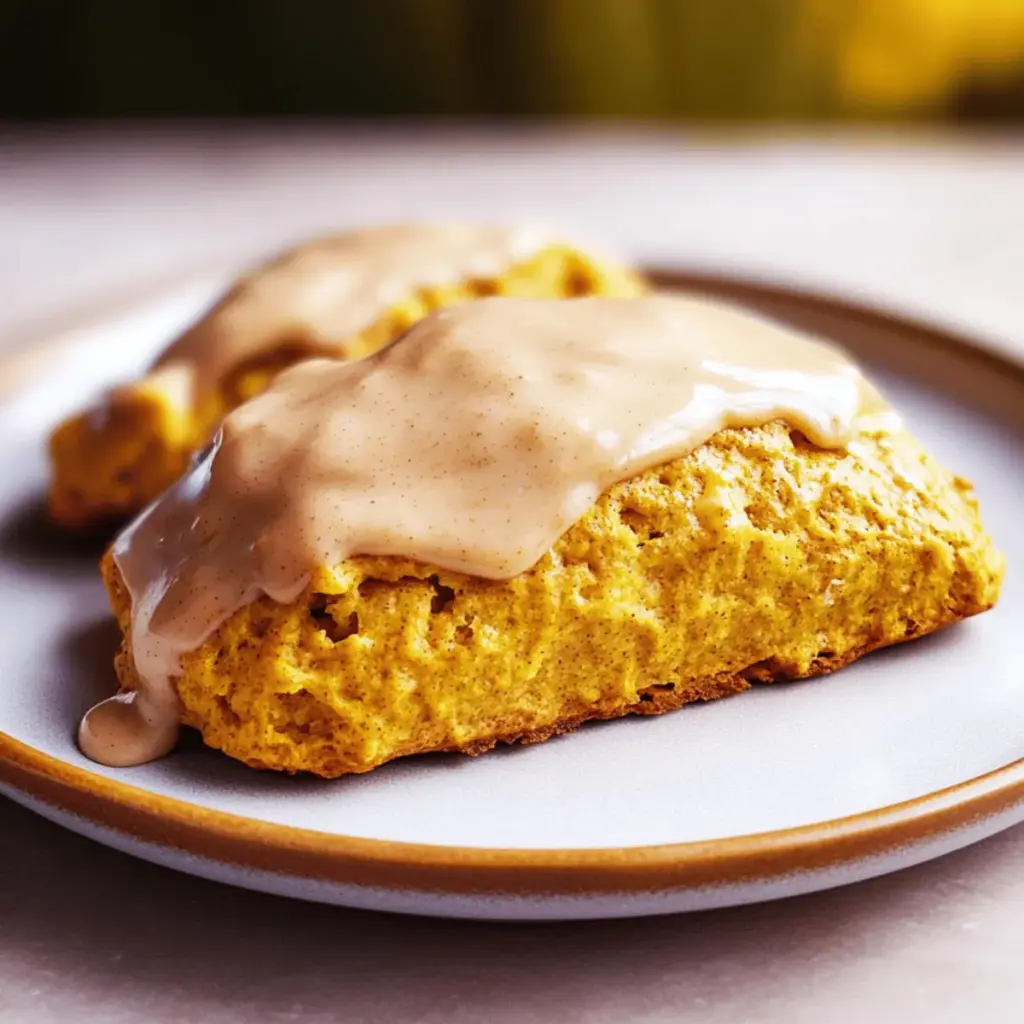Introduction to Pasta Primavera Recipe
What is Pasta Primavera?
Pasta Primavera is a delightful dish that celebrates fresh vegetables and pasta. The name “Primavera” means “spring” in Italian, which perfectly captures the essence of this recipe. It features a colorful mix of seasonal vegetables, tossed with pasta and a light sauce. This dish is not only vibrant but also packed with nutrients, making it a favorite among health-conscious eaters. Whether you’re looking for a quick weeknight dinner or a dish to impress guests, Pasta Primavera is a fantastic choice.
The Origins of Pasta Primavera
The origins of Pasta Primavera are quite interesting. While many believe it hails from Italy, it actually gained popularity in the United States during the 1970s. The dish was created by Italian chefs who wanted to showcase the fresh produce available in spring. Over time, it evolved into various versions, each highlighting different vegetables and flavors. Today, Pasta Primavera is enjoyed worldwide, with countless adaptations to suit different tastes and dietary needs. Its versatility and ease of preparation make it a beloved recipe in many households.
Ingredients for Pasta Primavera Recipe
To create a delicious Pasta Primavera, you’ll need a variety of fresh ingredients. This recipe is simple and allows for flexibility, so feel free to adjust based on what you have at home. Here’s what you’ll need:
- 8 ounces of pasta (penne or fettuccine)
- 2 tablespoons olive oil
- 1 small onion, chopped
- 2 cloves garlic, minced
- 1 medium zucchini, sliced
- 1 medium bell pepper, sliced (any color)
- 1 cup cherry tomatoes, halved
- 1 cup broccoli florets
- 1 cup asparagus, cut into 1-inch pieces
- 1 teaspoon dried oregano
- Salt and pepper to taste
- 1/4 cup grated Parmesan cheese
- Fresh basil leaves for garnish (optional)
These ingredients come together to create a colorful and nutritious dish. The combination of pasta and fresh vegetables not only makes it visually appealing but also adds a variety of flavors and textures. You can easily swap out any vegetables based on your preferences or what’s in season. This flexibility is one of the reasons why the Pasta Primavera recipe is so popular among home cooks.
Step-by-Step Preparation of Pasta Primavera Recipe
Step 1: Preparing the Vegetables
To start, gather all your fresh vegetables. Wash them thoroughly to remove any dirt. Next, chop the onion and mince the garlic. Slice the zucchini and bell pepper into thin strips. Cut the broccoli into small florets and the asparagus into 1-inch pieces. Having everything prepped makes cooking much easier and faster. Plus, it keeps your kitchen organized!
Step 2: Cooking the Pasta
Now, it’s time to cook the pasta. Bring a large pot of salted water to a boil. Add the pasta and cook according to the package instructions until it’s al dente. This usually takes about 8-10 minutes. Once done, drain the pasta in a colander, but remember to save about 1/2 cup of the pasta water. This starchy water will help bind the sauce later.
Step 3: Sautéing the Vegetables
In a large skillet, heat the olive oil over medium heat. Add the chopped onion and sauté for 2-3 minutes until it becomes soft and translucent. Then, add the minced garlic and cook for another 30 seconds. Be careful not to let it burn! Next, toss in the zucchini, bell pepper, broccoli, and asparagus. Sauté these vegetables for about 5-7 minutes. You want them to be tender but still crisp, preserving their vibrant colors and nutrients.
Step 4: Combining Pasta and Vegetables
Once the vegetables are ready, it’s time to combine everything. Add the cooked pasta to the skillet with the sautéed vegetables. Gently toss everything together, ensuring the pasta is well mixed with the veggies. If the mixture seems a bit dry, pour in some of the reserved pasta water. This will help create a lovely, cohesive dish.
Step 5: Adding Sauce and Seasoning
Finally, season your Pasta Primavera with salt and pepper to taste. Stir in the dried oregano for an extra layer of flavor. Remove the skillet from heat and sprinkle the grated Parmesan cheese over the top. The cheese will melt slightly, adding a creamy texture. Serve your Pasta Primavera immediately, garnished with fresh basil leaves if you like. Enjoy this colorful and nutritious meal!
Variations of Pasta Primavera Recipe
Vegetarian Variations
Pasta Primavera is naturally a vegetarian dish, but you can enhance its flavors by adding more vegetables. Consider using seasonal favorites like carrots, snap peas, or bell peppers. You can also include leafy greens such as spinach or kale for added nutrition. For a twist, try adding roasted vegetables like eggplant or bell peppers. These variations not only boost the dish’s color but also its taste. Feel free to experiment with different herbs, like thyme or parsley, to create your unique version of this delightful recipe.
Protein Additions
If you want to make your Pasta Primavera heartier, consider adding protein. Grilled chicken or shrimp are excellent choices that complement the fresh vegetables beautifully. Simply cook the protein separately and toss it in with the pasta and veggies. For a vegetarian option, try adding chickpeas or white beans. These legumes are packed with protein and will keep you feeling full. Tofu is another great addition, especially if you marinate it for extra flavor. These protein additions will make your meal more satisfying and nutritious.
Gluten-Free Options
For those who need a gluten-free option, don’t worry! You can easily adapt the Pasta Primavera recipe. Simply substitute regular pasta with gluten-free pasta made from rice, quinoa, or lentils. These alternatives are widely available and cook similarly to traditional pasta. Additionally, ensure that any sauces or seasonings you use are gluten-free. This way, everyone can enjoy a delicious and healthy Pasta Primavera without compromising on taste or texture.
Cooking Note for Pasta Primavera Recipe
When preparing your Pasta Primavera, there are a few key cooking notes to keep in mind. First, the freshness of your ingredients plays a significant role in the overall flavor of the dish. Always opt for fresh, seasonal vegetables whenever possible. This not only enhances the taste but also ensures you get the most nutrients from your meal.
Another important tip is to avoid overcooking the vegetables. You want them to be tender yet crisp, maintaining their vibrant colors and nutrients. Sautéing them for just the right amount of time will help achieve this balance. Remember, the residual heat from the pasta will continue to cook the vegetables slightly after you combine them.
Additionally, don’t forget to reserve some pasta water! This starchy liquid is a secret weapon in many pasta dishes. It helps to create a silky sauce that clings to the pasta and vegetables. If you find your dish is too dry, adding a splash of this water can make all the difference.
Lastly, feel free to adjust the seasoning to your taste. Everyone has different preferences, so taste as you go. A little extra salt, pepper, or even a squeeze of lemon juice can elevate the flavors beautifully. Enjoy the process of cooking and make this Pasta Primavera your own!
Serving Suggestions for Pasta Primavera Recipe
Pairing with Proteins
When it comes to serving your Pasta Primavera, adding a protein can make the meal more filling and satisfying. Grilled chicken is a popular choice, as its mild flavor complements the fresh vegetables beautifully. Simply season the chicken with herbs and grill until cooked through. Slice it and place it on top of your Pasta Primavera for a delightful presentation.
Shrimp is another excellent option. Sauté the shrimp in olive oil with a pinch of garlic until they turn pink and tender. Toss them in with the pasta and veggies for a seafood twist. If you prefer a vegetarian protein, consider adding chickpeas or white beans. These legumes are not only nutritious but also add a nice texture to the dish. Tofu is also a great choice; marinate it in your favorite sauce before cooking for added flavor.
Ideal Side Dishes
To round out your meal, consider serving Pasta Primavera with some delicious side dishes. A simple green salad is always a great choice. Toss together mixed greens, cherry tomatoes, and a light vinaigrette for a refreshing contrast to the warm pasta. You can also add some sliced cucumbers or avocado for extra creaminess.
Another fantastic side is garlic bread. The crispy, buttery bread pairs perfectly with the lightness of the Pasta Primavera. You can make it easily by spreading butter and minced garlic on slices of baguette, then toasting them in the oven until golden brown.
If you want something a bit heartier, consider serving roasted vegetables alongside your pasta. Roasting brings out the natural sweetness of vegetables, making them a delicious complement to the dish. Simply toss your favorite veggies in olive oil, season with salt and pepper, and roast until tender.
With these serving suggestions, your Pasta Primavera will be a complete and satisfying meal that everyone will love!
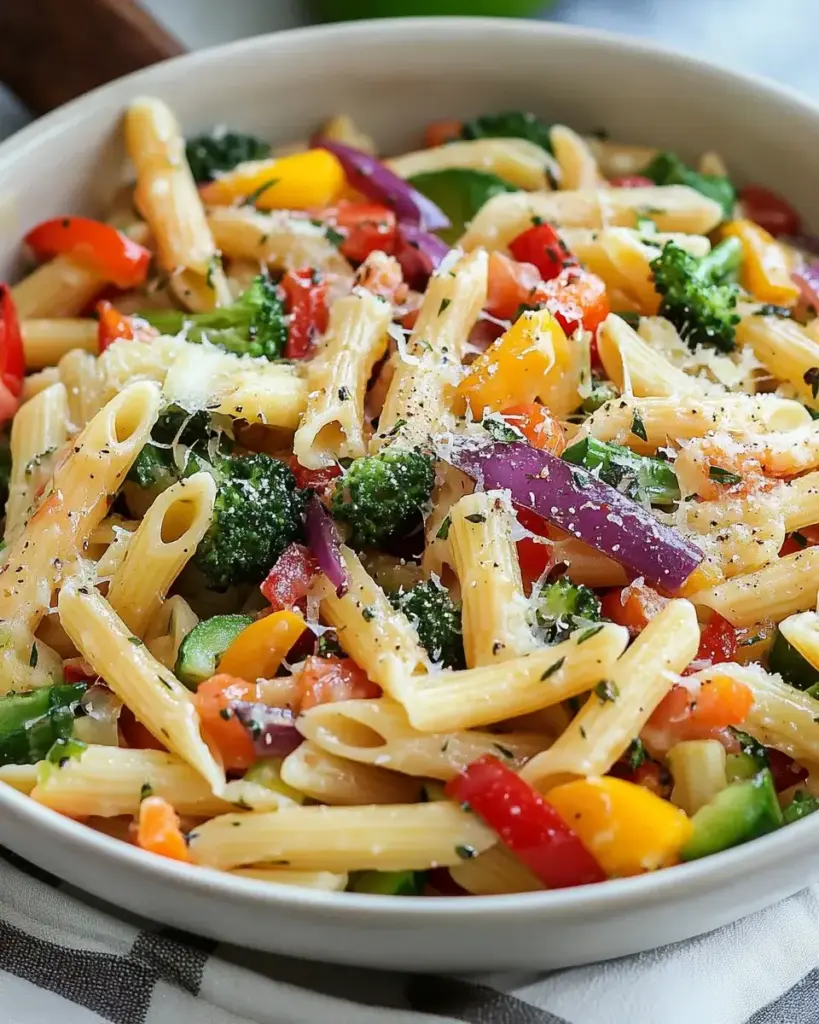
Tips for Perfecting Your Pasta Primavera Recipe
Choosing the Right Pasta
When it comes to Pasta Primavera, the type of pasta you choose can make a big difference. While penne and fettuccine are popular options, you can experiment with other shapes too. For instance, farfalle (bow-tie pasta) or rotini (corkscrew pasta) can add a fun twist to your dish. These shapes hold onto the sauce and vegetables well, ensuring every bite is flavorful.
Additionally, consider the cooking time of your pasta. Different types may require varying cooking times, so always check the package instructions. Remember, you want your pasta to be al dente, which means it should be firm to the bite. This texture not only enhances the overall experience but also helps the pasta hold up against the sautéed vegetables.
For a healthier option, you can also look for whole grain or legume-based pasta. These alternatives are higher in fiber and protein, making your meal more nutritious. Just keep in mind that they may have different cooking times, so adjust accordingly. No matter what pasta you choose, the key is to ensure it complements the fresh vegetables and flavors in your Pasta Primavera.
Seasonal Vegetable Selection
One of the best aspects of Pasta Primavera is its versatility with vegetables. Choosing seasonal vegetables not only enhances the flavor but also supports local farmers and reduces your carbon footprint. In spring, look for fresh asparagus, zucchini, and peas. Summer brings an abundance of bell peppers, tomatoes, and eggplant. In fall, consider using squash, carrots, and Brussels sprouts. Winter vegetables like broccoli and kale can also add a hearty touch.
When selecting vegetables, aim for a variety of colors and textures. This not only makes your dish visually appealing but also ensures a range of nutrients. For example, combining crunchy bell peppers with tender zucchini creates a delightful contrast. Don’t hesitate to mix and match based on what you enjoy or have on hand. The beauty of Pasta Primavera lies in its adaptability, allowing you to create a dish that’s uniquely yours.
Lastly, remember to wash and prep your vegetables properly. Fresh, clean produce will enhance the overall taste of your Pasta Primavera. By taking the time to choose the right pasta and seasonal vegetables, you’ll elevate your dish to new heights, making it a delightful meal for any occasion.
Breakdown of Time for Pasta Primavera Recipe
Prep Time
Preparing your Pasta Primavera is quick and easy. The prep time typically takes about 15 minutes. During this time, you’ll wash and chop all your vegetables, mince the garlic, and measure out your ingredients. Having everything ready before you start cooking makes the process smoother and more enjoyable. Plus, it helps you stay organized in the kitchen!
Cooking Time
The cooking time for Pasta Primavera is approximately 15-20 minutes. This includes boiling the pasta and sautéing the vegetables. Cooking the pasta usually takes around 8-10 minutes, while sautéing the vegetables takes about 5-7 minutes. It’s important to keep an eye on the vegetables to ensure they remain tender yet crisp. This balance is key to achieving a delicious dish!
Total Time
In total, you can expect to spend about 30-35 minutes from start to finish when making Pasta Primavera. This makes it a fantastic option for a quick weeknight dinner or a last-minute meal for guests. With its vibrant colors and fresh flavors, your Pasta Primavera will be ready to impress in no time!
Nutritional Information for Pasta Primavera Recipe
Calories
When it comes to enjoying a delicious Pasta Primavera, being mindful of calories is essential. Each serving of this delightful dish contains approximately 320 calories. This makes it a great option for those looking to maintain a balanced diet while still enjoying a flavorful meal. The combination of pasta and fresh vegetables provides a satisfying experience without overwhelming your daily caloric intake.
Protein
Protein is an important nutrient for our bodies, and Pasta Primavera offers a decent amount. Each serving contains about 12 grams of protein. This protein primarily comes from the pasta and the optional addition of Parmesan cheese. If you choose to add grilled chicken, shrimp, or legumes, you can significantly increase the protein content, making it an even more nutritious meal. This is especially beneficial for those looking to build muscle or maintain energy levels throughout the day.
Sodium
Sodium is another factor to consider when preparing Pasta Primavera. Each serving typically contains around 400 milligrams of sodium. This amount can vary based on the ingredients you use, especially if you add salt or use pre-packaged sauces. To keep sodium levels in check, consider using low-sodium broth or seasoning your dish with herbs and spices instead of salt. This way, you can enjoy the flavors without compromising your health.
Nutritional Information for Pasta Primavera Recipe
Calories
When it comes to enjoying a delicious Pasta Primavera, being mindful of calories is essential. Each serving of this delightful dish contains approximately 320 calories. This makes it a great option for those looking to maintain a balanced diet while still enjoying a flavorful meal. The combination of pasta and fresh vegetables provides a satisfying experience without overwhelming your daily caloric intake.
Protein
Protein is an important nutrient for our bodies, and Pasta Primavera offers a decent amount. Each serving contains about 12 grams of protein. This protein primarily comes from the pasta and the optional addition of Parmesan cheese. If you choose to add grilled chicken, shrimp, or legumes, you can significantly increase the protein content, making it an even more nutritious meal. This is especially beneficial for those looking to build muscle or maintain energy levels throughout the day.
Sodium
Sodium is another factor to consider when preparing Pasta Primavera. Each serving typically contains around 400 milligrams of sodium. This amount can vary based on the ingredients you use, especially if you add salt or use pre-packaged sauces. To keep sodium levels in check, consider using low-sodium broth or seasoning your dish with herbs and spices instead of salt. This way, you can enjoy the flavors without compromising your health.
Advertisement
FAQs about Pasta Primavera Recipe
Can I make Pasta Primavera Recipe ahead of time?
Yes, you can prepare Pasta Primavera ahead of time! To do this, cook the pasta and sauté the vegetables as directed. However, it’s best to store them separately. This way, the pasta won’t absorb too much moisture and become mushy. When you’re ready to serve, simply reheat the vegetables and toss them with the pasta. You can add a splash of reserved pasta water to help bring everything back together. This makes it a convenient option for meal prep or entertaining guests!
What vegetables are best for Pasta Primavera Recipe?
The beauty of Pasta Primavera lies in its versatility with vegetables. You can use a variety of fresh, seasonal vegetables. Some popular choices include zucchini, bell peppers, broccoli, asparagus, and cherry tomatoes. However, feel free to get creative! Seasonal favorites like carrots, snap peas, or even leafy greens like spinach can add great flavor and nutrition. The key is to choose vegetables that you enjoy and that are in season for the best taste.
How can I make Pasta Primavera Recipe creamy?
If you prefer a creamy Pasta Primavera, there are a few easy ways to achieve that. One option is to add a splash of heavy cream or half-and-half to the sautéed vegetables before mixing in the pasta. This will create a rich, creamy sauce. Another option is to blend some cooked cauliflower or cashews with a bit of vegetable broth to create a creamy sauce. This adds a healthy twist while keeping the dish light. Lastly, you can also stir in some cream cheese or ricotta cheese for a deliciously creamy texture!
Conclusion on Pasta Primavera Recipe
Pasta Primavera is more than just a meal; it’s a celebration of fresh, vibrant ingredients. This delightful dish brings together the goodness of seasonal vegetables and the comforting texture of pasta, making it a favorite for many. Whether you’re enjoying it on a busy weeknight or serving it at a gathering, Pasta Primavera is sure to impress.
With its versatility, you can easily customize the recipe to suit your taste. From adding proteins like chicken or shrimp to experimenting with different vegetables, the possibilities are endless. Plus, it’s a great way to incorporate more nutrients into your diet while still enjoying a delicious meal.
As you prepare your Pasta Primavera, remember to focus on the freshness of your ingredients and the balance of flavors. With just a few simple steps, you can create a dish that is not only satisfying but also visually appealing. So, gather your favorite vegetables, choose your pasta, and get ready to enjoy a delightful culinary experience.
In conclusion, Pasta Primavera is a dish that embodies the spirit of spring and the joy of cooking. It’s easy to make, healthy, and absolutely delicious. So why not give it a try? You might just find your new favorite recipe!
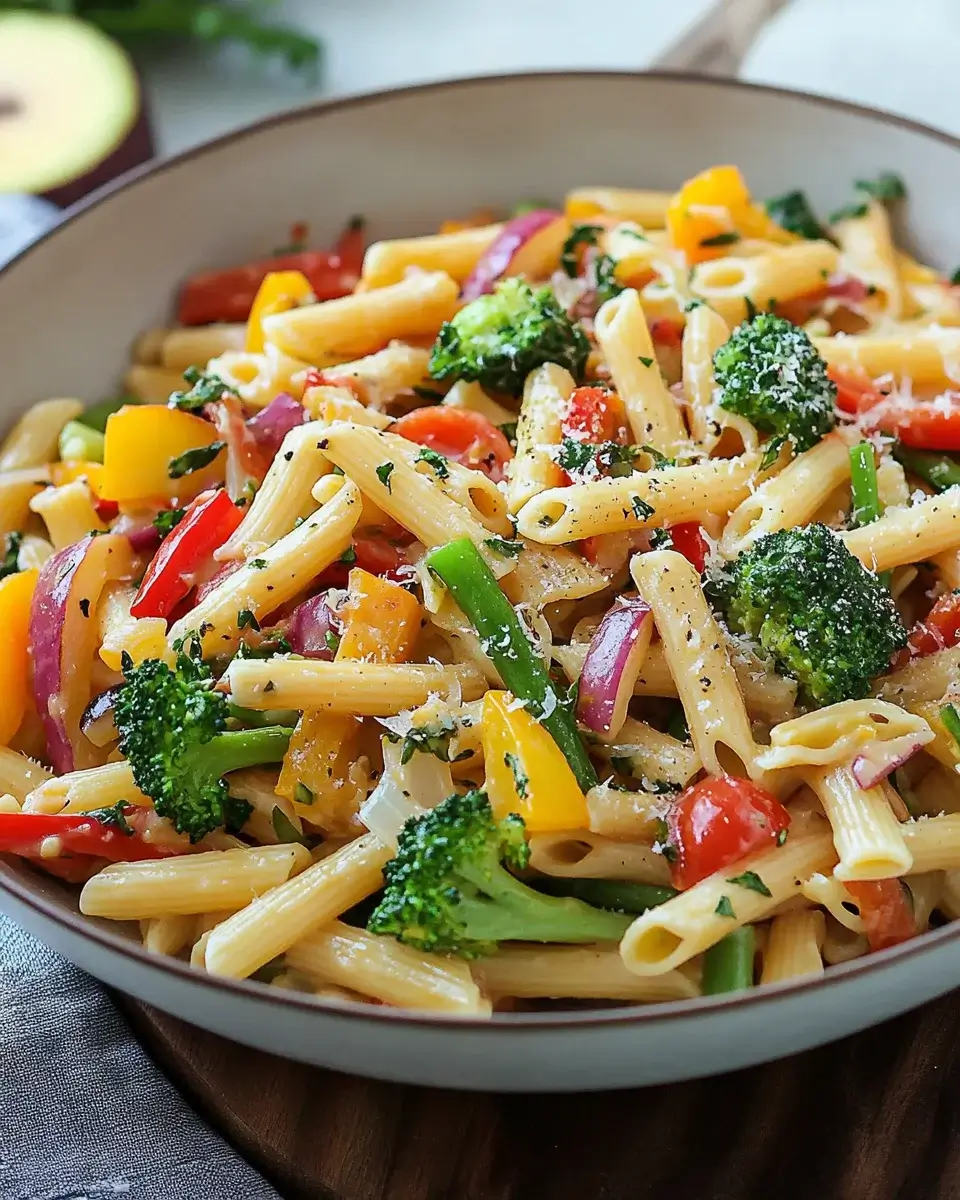
Pasta Primavera is a vibrant dish full of flavor.
Ingredients
Method
- Bring a large pot of salted water to a boil. Cook penne pasta according to package directions, reserving 1/2 cup of the pasta water before draining.Meanwhile, heat olive oil in a large deep skillet over medium-high heat. Add red onion and carrot and sauté for 2 minutes.Add broccoli and red bell pepper, cooking for another 2 minutes.Stir in yellow squash and zucchini and sauté for 2–3 minutes, until veggies are just tender.Add garlic, grape tomatoes, and Italian seasoning. Sauté for 2 more minutes until fragrant and tomatoes begin to soften.Transfer cooked veggies to the pot with the pasta or a large bowl. Add drained pasta and drizzle with lemon juice.Toss everything together, gradually adding reserved pasta water until a light sauce forms.Mix in 1/4 cup of parmesan cheese and parsley. Serve hot, topped with the remaining parmesan.
Notes
For added protein, toss in grilled chicken or shrimp.
To make it vegan, skip the parmesan or substitute with a plant-based cheese.
Store leftovers in an airtight container in the refrigerator for up to 3 days. Best reheated gently on the stove with a splash of water.
